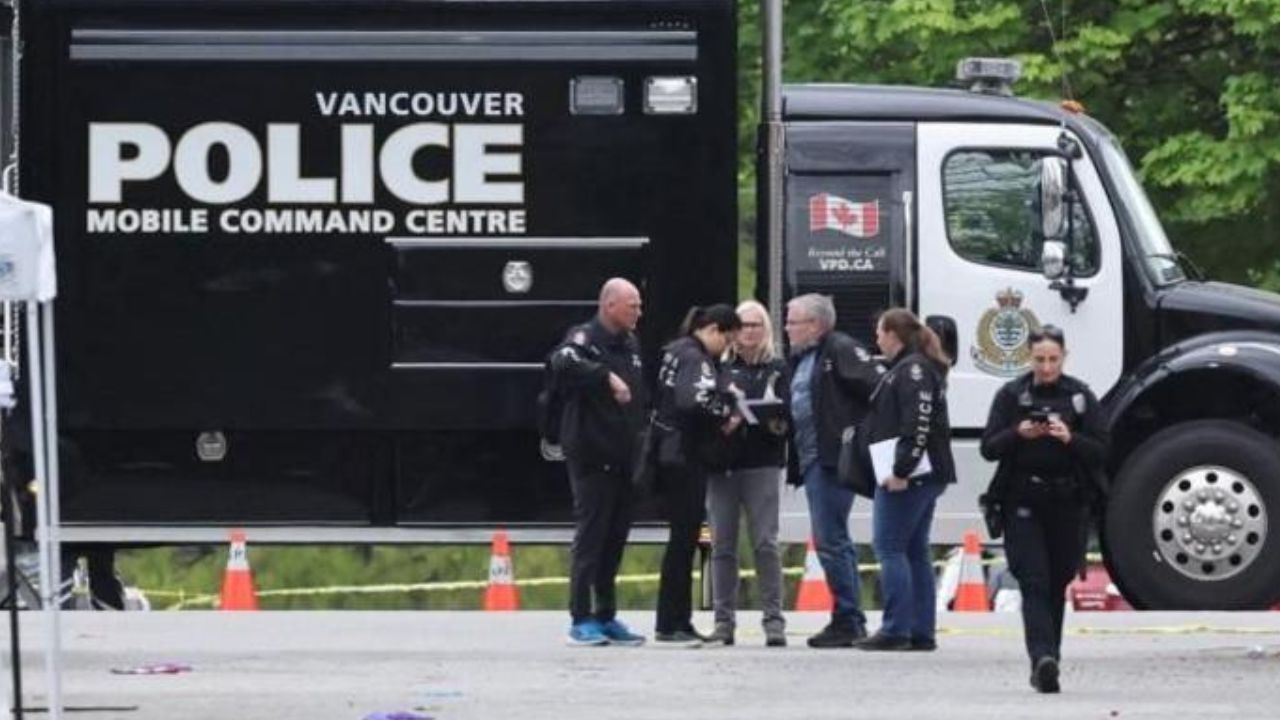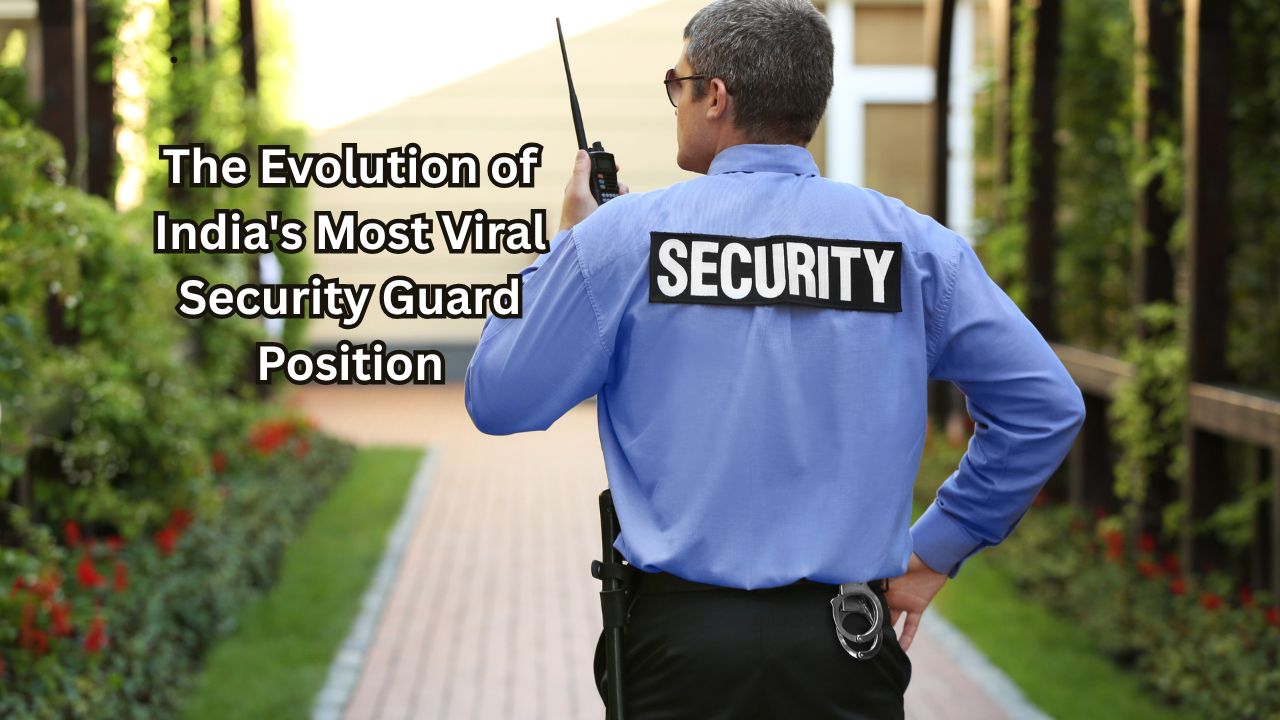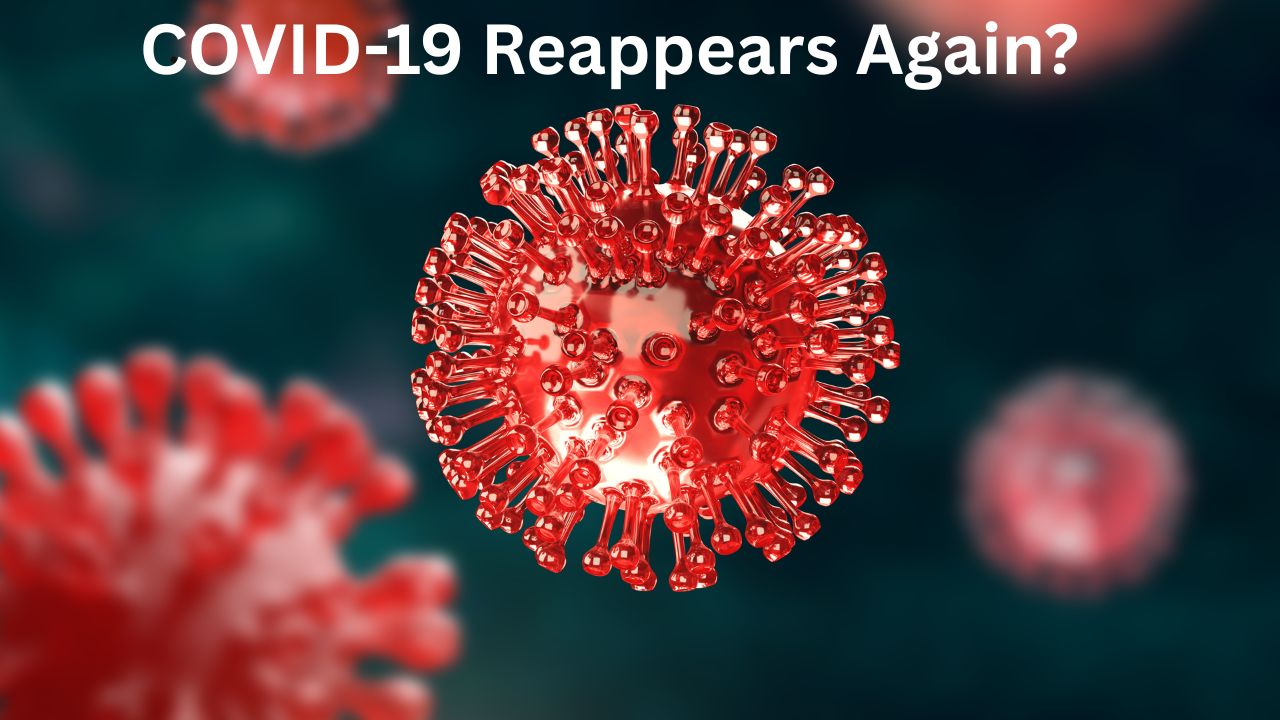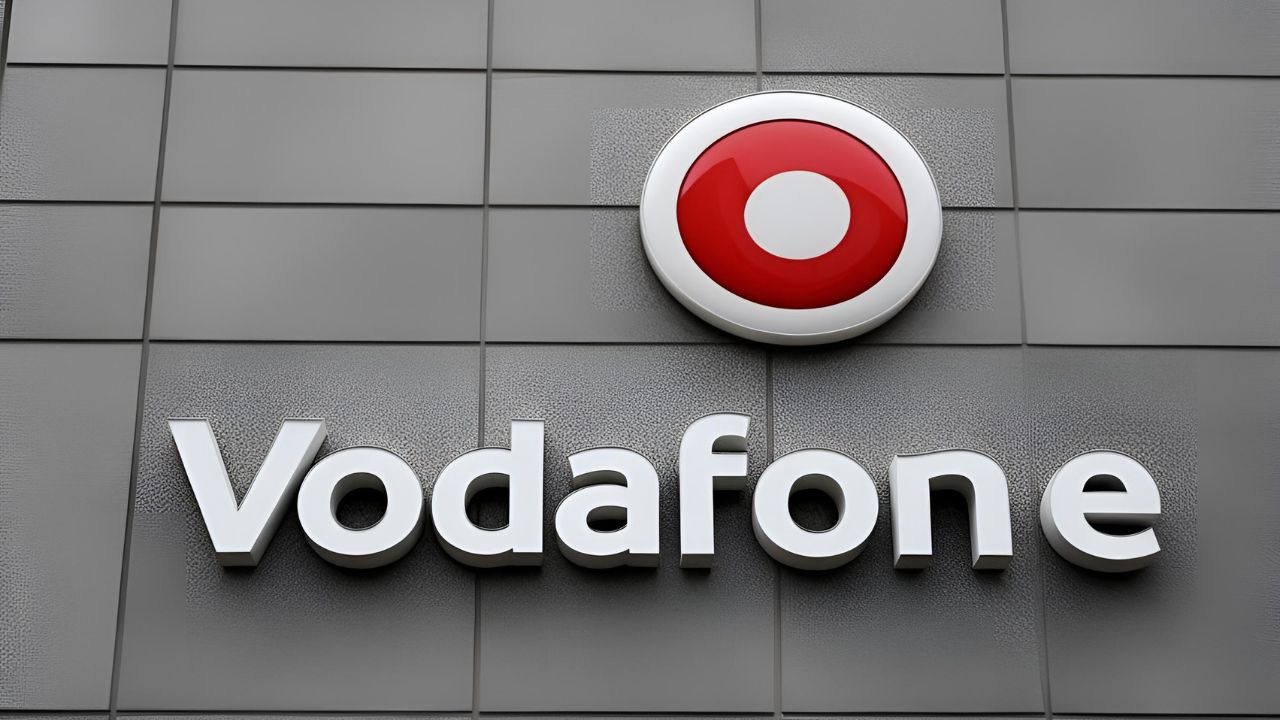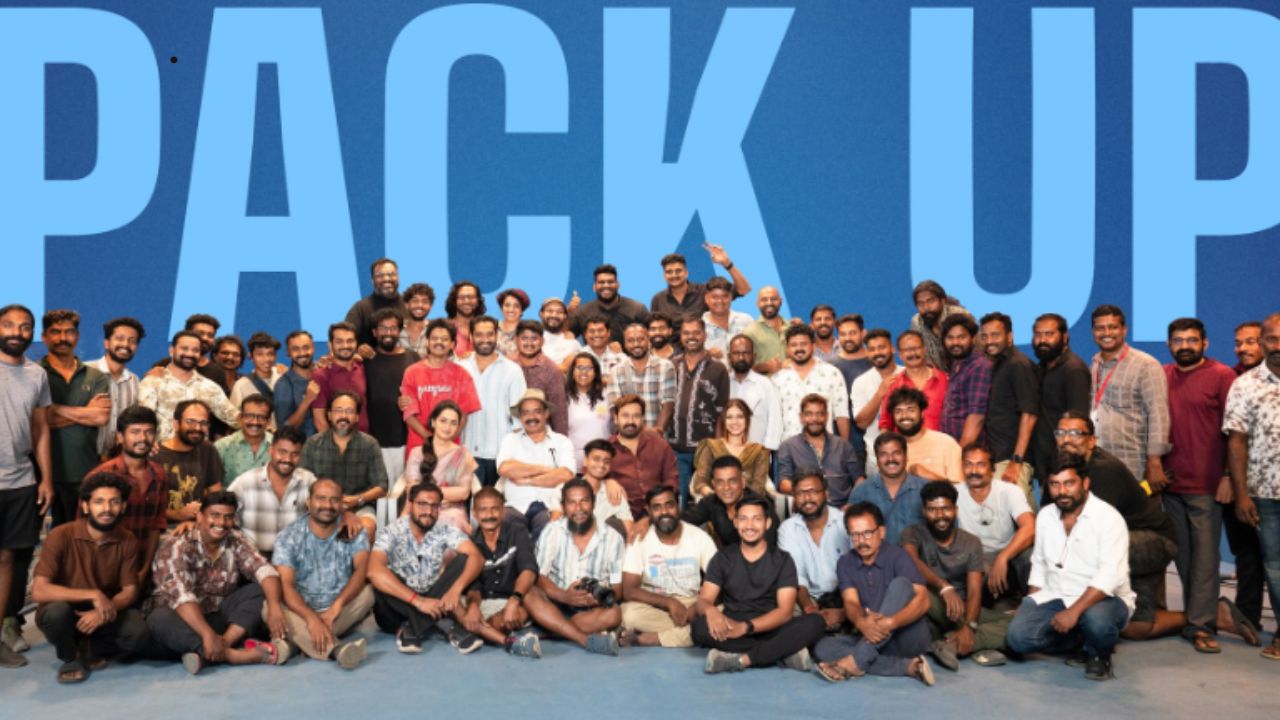As part of Vancouver’s rich Filipino community, the annual Lapu Lapu Day Festival is a social calendar highlight. The event is remarkable in its own right, with nearly 100,000 people in attendance. However, this year, it was marred by tragedy when a vehicle was driven through the center of the festival, causing a mass vehicular disaster and marking it ‘the most dangerous incident’ in Vancouver’s history.
Vancouver Incident: What Happened
Around 8:14 p.m. local time, a black SUV crashed through the temporary barricade set up at Fraser Street and East 43rd Avenue in South Vancouver. Festival-goers described the car driving directly into the festival’s heart, hitting many people close to the food stalls and vendor booths. The consequences were horrific: 11 people were killed, including a 5-year-old girl, and over 20 were injured, with ages ranging from 5 to 65.
There have been numerous accounts of the commotion that took place. Abigail Anderson, a resident, claimed, ‘I could see the bodies lying around were screaming as people were trying to drag the wounded out of the dense crowd.’ James Cruzat, who sold food at the event, said he heard the bang but thought it was a gunshot.
Immediate Response Action by Organizers and Bystanders
As the festival planners dealt with the unexpected predicament, they took steps to provide necessary help in conjunction with on-site security personnel and emergency teams. While the precise sequence of the organizer’s actions is not caught on record, established festival plans and accounts from witnesses illuminate several actions:
- Emergency Announcement for Crowd Management: Using public address devices and megaphones, staff members and organizers broadcast directional commands to tell attendees to leave the vicinity of the event and the crash scene and unlock the route for emergency vehicles.
- Staff and Volunteer Revelry: First Aid Officers, first aid, seeing that the door was functioning, dealt with first aid to minimize the situation and set up triage centers, which were more conservative based on formal tables and deskbound chairs, among others.
- Emergency Exits Coordination: All other organizers started policing, firefighting and medical contacts. The paramedic and Vancouver police assisted him in a three-minute timeframe as they were provided with ample information from the festival staff.
- Victim Aid: Organizers, regardless of rank, started aiding the injured by gathering them, telling them to come and asking them questions they wanted to ask, telling their heads, saying let them to each other, and then giving the details to the authorities.
Bystanders made significant contributions by restraining the suspect until the police arrived and helping emergency crews with the injured.
Managing Messaging While In Crisis
Clear and calm communication was essential in containing panic and ensuring the safety of thousands. The festival organizers most likely employed a multifaceted method:
- On-Site Announcements: Updates and instructions were proclaimed over the PA system and stage microphones.
- Staff and Volunteer Networks: The festival was coordinated by radio and cellular devices, enabling connections between staff, security, and emergency responders.
- Visual Cues: Volunteers provided hand signals and signage to guide individuals in large gatherings and loud environments where hearing announcements was impossible.
Social Media as a Life Saver
During and after the incident, social media proved critical as a real-time communication tool. Although specific organizer posts aren’t covered with public documentation, they did seem to follow standard post-incident communication practices:
- Timely Updates: Recovering Vancouver Police Department and the organizers of the event continuously refreshed posts on Twitter and Facebook to relay new bits of information confirming the suspect’s arrest and issuing emergency information[2][3][6].
- Setting the Rumor-Controling Mission: Organizing and controlling rumor spread decreased adverse outcomes thanks to the social media platform, where misinformation was monitored.
- Community Outreach: Social media platforms disseminated information such as contacts for missing persons, hospitals, and even support services for the martyrs’ families.
Hashtags alongside images, unique to the event, ensured the information was well-streamlined and readily accessible to the participants and their families.
Law Enforcement and Investigations
At the festival, police on duty arrested a 30 y/o Kai-Ji Adam Lo, one of the festival goers, as he was the perpetrator. Lo was not charged with terrorism because the police stated that he was not a terrorist. Considered for police mental illness selection, the police did consider Lo’s history of known police interactions. The person in charge, acting Chief Steve Rai, commented that the attack appeared to be the act of one person, added something about the charge increasing, and stated he was still working on the investigation.
The Community Reaction and Casualties
Apart from the physical damage inflicted by the attack, there were far more types of which the attack inflicted. The Fatal Filipinos would lodge as part of a festival in Philadelphia to unite and restore their spirits, sometimes long to remember, because no one wants to see their country in such circumstances. Organizers showed concern, saying grief and unity are not able to move towards the same line, which leads one into pieces of broken emotions for people waiting for the authorities and families in control able to separate families from grief and take children into safety, ensure be work surrendering and claiming to never come upon living tragedy have warned people restroom.
The Mayor of Vancouver and other worldwide politicians issued statements reassuring/consoling distress. District activist groups also regrouped in order due to the monumental aid the lesson relocated claims to be aiding victims who fell prey to this tragedy.
Preparedness And Crisis Management
The Vancouver incident has shown that intense public events require attention to detail, especially having a well-designed crisis management plan. Consider the following:
- Advanced Readiness: Staff and volunteers should regularly be trained in emergency handling and first aid.
- Communication: Announcement and multimedia platforms should be accessible at a moment’s notice.
- Coordination: Collaborative efforts with local police, fire, and medical personnel can increase survival rates.
- Trust Building: Two-way communication with the public strengthens the healing process.
The Lapu Lapu Day Festival tragedy urges the nation to re-evaluate its stance on vigilance, preparedness, and community as the nation mourns and investigations continue. The aftermath and the continuous assistance directed toward the victims illustrate how a nation greatly benefits from proper crisis communication.
Even though the Vancouver tragedy took place, there are encouraging signs with the willpower displayed by the Filipino community in Vancouver, the bystanders, and, of course, the first responders. These challenges will help organize future festivals and everyday life; the right balance between safety, compassion, and community will be prioritized.
You may read this: SpaceX Marks Another Achievement with The Launch of Starlink Satellite
News Sources:
